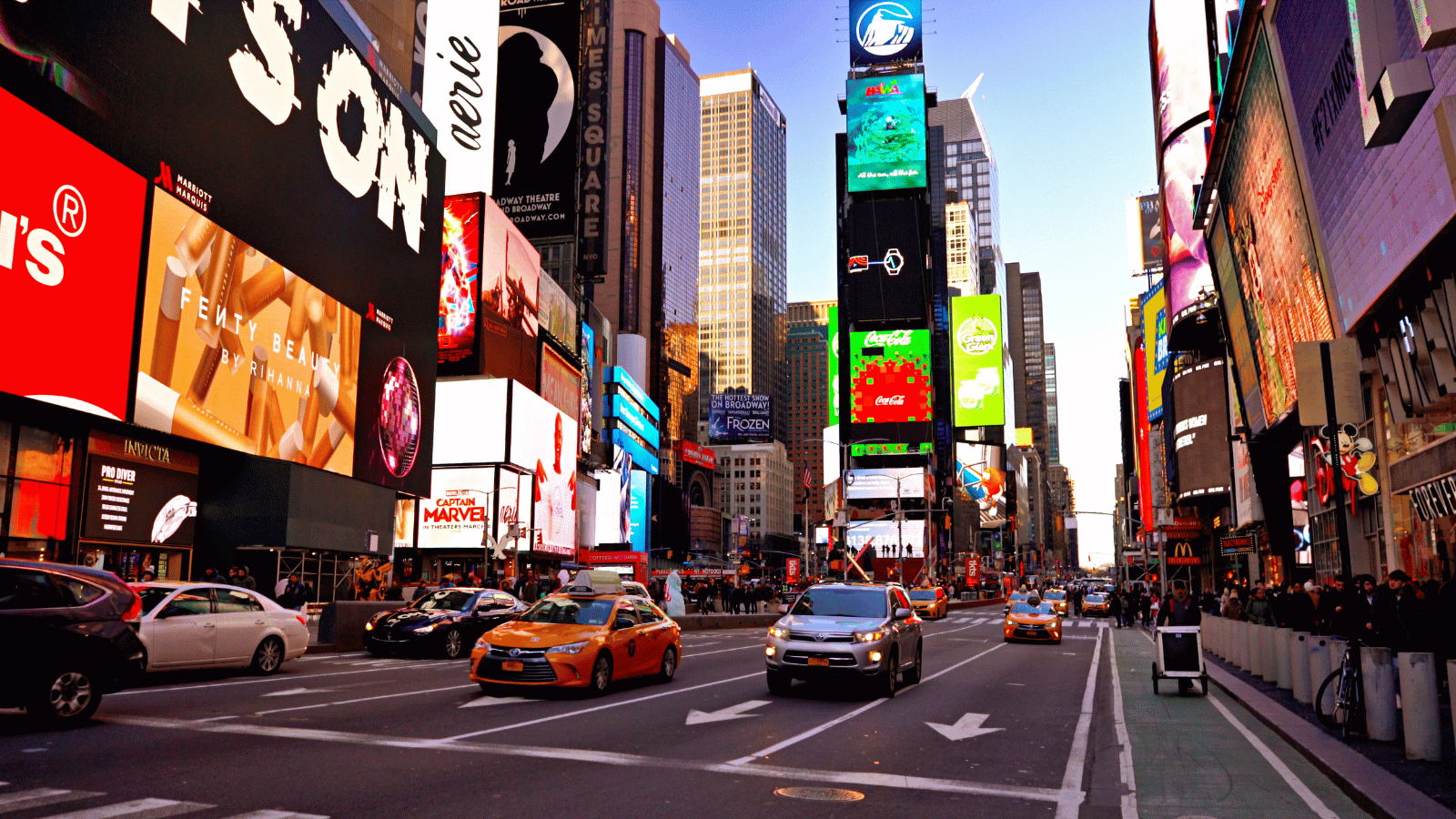Thanks to the rise in digital adverts, recent surveys tell us that we see 6,000 to 10,000 ads every single day – and the shocking thing is most of us don’t even notice them.
Why don’t we notice them? Well, we don’t actively choose to consume adverts, our brains often don’t register them.
However, we do choose to consume the news, articles, blogs and interesting videos. In fact, it’s a big part of our day-to-day life, especially during the pandemic, and that’s why public relations is so effective.
Why advertising isn’t as powerful as PR
As people we are passive – if not put off – when it comes to advertising because we know advertisements are there to sell us something. This is why when a news outlet takes a press release or pitch and writes a story, we are more likely to trust the story than we are to respond to the same information delivered through an advertisement.
When a brilliant article is placed in a magazine or newspaper or a story shown on a news network, potential customers actively receive the information in the story rather than skipping over it like they would an advert. They actively chose to engage with it.
So as a business school or university, why sponsor the news (advertising or paid media) when you can become integrated into the news by using public relations?
I’ve explained the differences below:
PR is focused on reputation management through generating positive media coverage to influence public opinion. PR is about maintaining positive relationships with anyone who has an interest in the organisation, covering a broader audience than marketing across customers, media, employees, and stakeholders. It’s not about selling a product, but influencing opinion.
The two largely differ in their goals. Marketing aims to reach customers and make them think, believe, or do some kind of sales focused action; it is about selling a product or service. PR is more about ‘selling’ a company or organisation through positively managing public perception.
An article written by a journalist will be presented in an unbiased manner and contains the journalist’s third-party endorsement. This means your target audience may view the article with more credibility than an advertisement. PR makes it more genuine and authentic than any of the sectors it is compared to.
With the advent of social media, a great story in a magazine, TV or newspaper can last a long time with emails, posts, re-posts and tweets. The content is often evergreen content which can be used time and time again. Influencing those key target audiences for years to come.
People communicate with each other far more than any advertising campaign can. When trying to figure out whether something is worth investing in, people will often turn to their peers, social networks and key sources of information to seek more information. This is how public relations makes a real impact and why it is vital that universities and business schools to invest in PR in order to influence their target audience.
According to an article in The Atlantic, “There's reason to wonder whether all advertising—online and off—is losing its persuasive punch. The Internet was supposed to tell us which ads work and which ads don't. Instead, it's flooded consumers' brains with reviews, comments, and other information that has diluted the power of advertising.”
Looking to the future and a post pandemic world
With most of new technologies being digital, the introduction of plugins and software like adblockers will start to greatly decrease the number of ads we see. The first adblocker originally started out on desktop computers. This means that we might start to see less ads and it might even be harder to produce these ads looking forward.
No one can ignore the online and word-of-mouth conversations that occur 24/7, particularly on social media. PR is often recognised as the discipline that is best suited to influence and manage these discussions.




